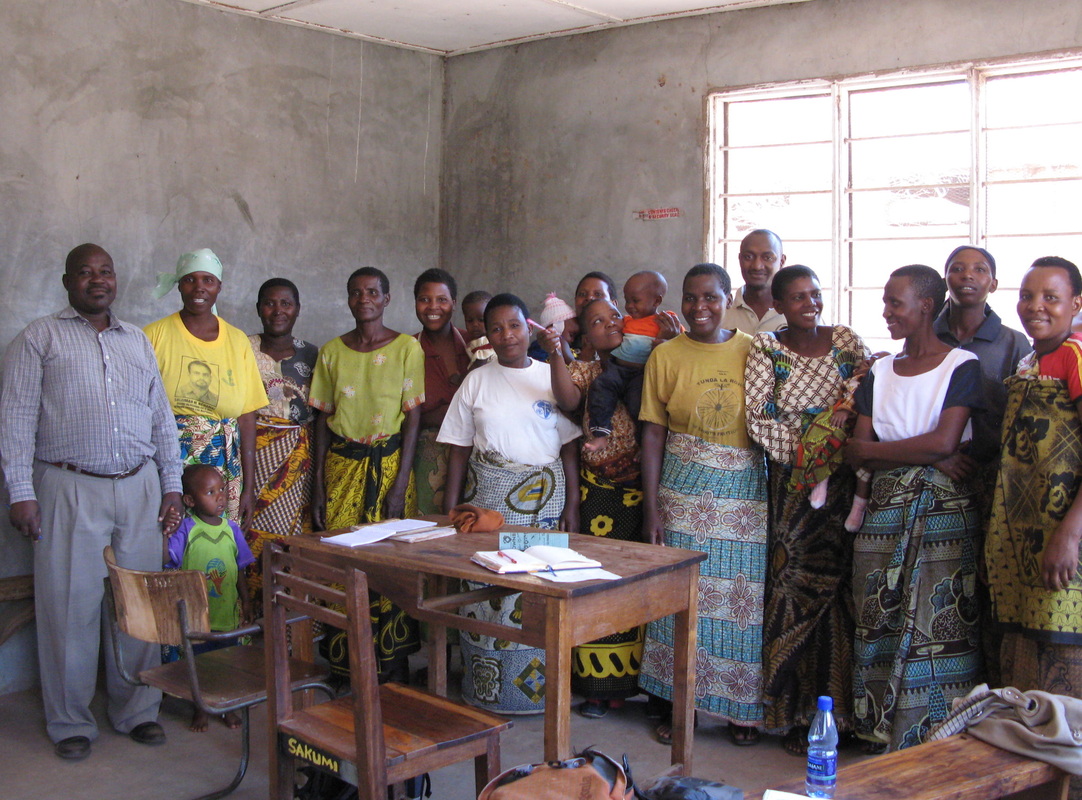A friend of a friend is embarking on a research internship in Uganda this summer and posed the following questions:
In focus group discussions, did you compensate people (monetary or non-monetary) for their time? How long did each discussion last? What strategies did you follow when you were designing focus group questionnaires? What is the size of your focus group? And in terms of sampling, how did you get a random sample? Did you have village leaders to help you in the sampling process?
I was working with a well-known Tanzanian NGO and affiliated field assistant, which had experience conducting research and working in my study community. We met first with the chairman in each village and asked them to organize groups of mothers and fathers for focus groups. We gave vague age restrictions (older than twenty) and asked for about ten to thirty people for each. This introduction worked fine because we did not need a random sample for focus groups, and it certainly helped the this NGO had a very good reputation for community development (trying to avoid those externalities again). I wrote up about fifteen questions for each focus group (though these changed slightly for each additional village) and the discussions lasted about two hours. Because my main methodologies are quantitative, the focus group questions are more about informing the household survey and having a better understanding of cultural and institutional norms. We tried to play it safe with single-sex focus groups, but that did present some challenges. Participants were "thanked" (not, according to the NGO, compensated) for their participation with sodas bought at the local shops.
For the sampling procedure, we again benefited from the helpful village administration. Because Tanzania has a long socialist history, village and subvillage leaders keep track of families in their communities. So after another formal village introduction, and officially asking each village to participate in the study, we asked the leaders to make lists of every household in the village. The first day that we intended to start sampling, we took the lists (separated by subvillage) and numbered them (~200-800 households). We then pulled out the handy iPhone random number generator and picked households. We were sampling 60 households per village and sampled proportionately across subvillages (~2-9 per village). The subvillage leaders often came along with us in the truck to help find these randomly selected households. And then the fun began.
In focus group discussions, did you compensate people (monetary or non-monetary) for their time? How long did each discussion last? What strategies did you follow when you were designing focus group questionnaires? What is the size of your focus group? And in terms of sampling, how did you get a random sample? Did you have village leaders to help you in the sampling process?
I was working with a well-known Tanzanian NGO and affiliated field assistant, which had experience conducting research and working in my study community. We met first with the chairman in each village and asked them to organize groups of mothers and fathers for focus groups. We gave vague age restrictions (older than twenty) and asked for about ten to thirty people for each. This introduction worked fine because we did not need a random sample for focus groups, and it certainly helped the this NGO had a very good reputation for community development (trying to avoid those externalities again). I wrote up about fifteen questions for each focus group (though these changed slightly for each additional village) and the discussions lasted about two hours. Because my main methodologies are quantitative, the focus group questions are more about informing the household survey and having a better understanding of cultural and institutional norms. We tried to play it safe with single-sex focus groups, but that did present some challenges. Participants were "thanked" (not, according to the NGO, compensated) for their participation with sodas bought at the local shops.
For the sampling procedure, we again benefited from the helpful village administration. Because Tanzania has a long socialist history, village and subvillage leaders keep track of families in their communities. So after another formal village introduction, and officially asking each village to participate in the study, we asked the leaders to make lists of every household in the village. The first day that we intended to start sampling, we took the lists (separated by subvillage) and numbered them (~200-800 households). We then pulled out the handy iPhone random number generator and picked households. We were sampling 60 households per village and sampled proportionately across subvillages (~2-9 per village). The subvillage leaders often came along with us in the truck to help find these randomly selected households. And then the fun began.

 RSS Feed
RSS Feed